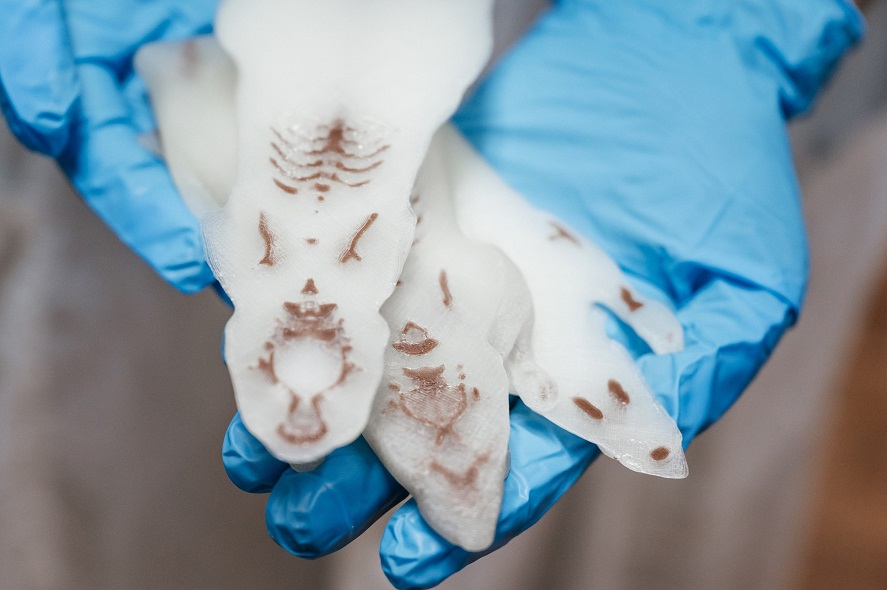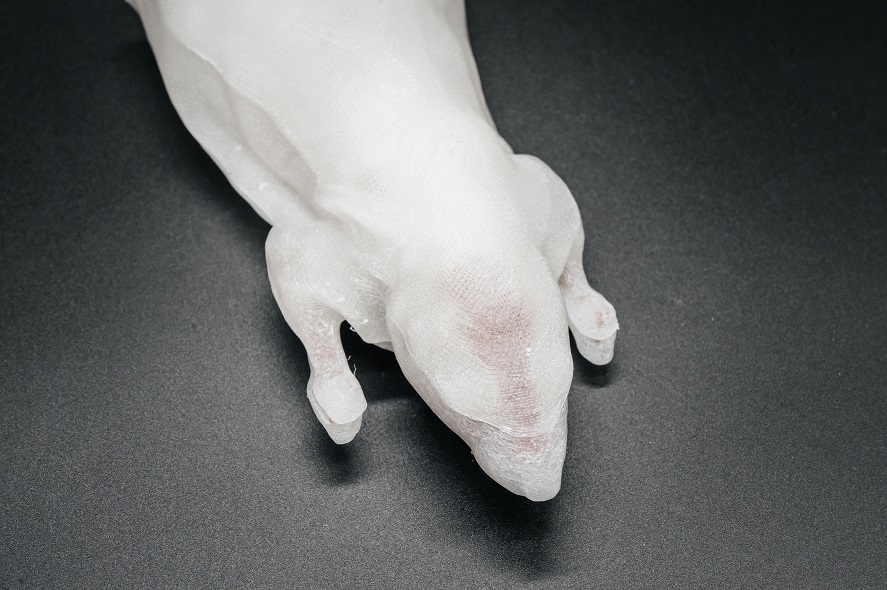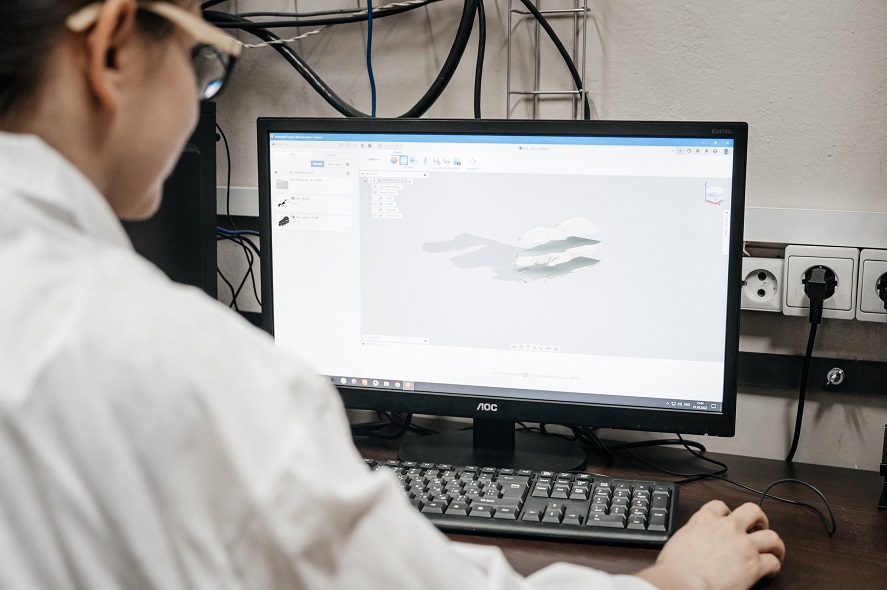Researchers from Tomsk Polytechnic University have found a way to reduce the number of small laboratory animals used for preclinical studies in cancer radiotherapy. They have developed a dosimetry phantom, namely three-dimensional models of laboratory rats and mice, which can completely replace real animals at some stages of research.

The research team of scientists, engineers and students led by Sergei Stuchebrov, associate professor at the TPU Research School of High-Energy Physics, has conducted the research. The team consisted of engineers Angelina Bulavskaya and Anna Grigoryeva, associate professor of the TPU Division for Nuclear-Fuel Cycle, medical physicist and researcher of the Department of Nuclear Medicine at Cancer Research Institute Tomsk NRMC RAS Irina Miloichikova, and students Elizaveta Bushmina, Valeria Kuivalainen, and Yulia Zubkova.
“Oncological diseases are an extremely topical issue today. New methods of irradiation are being implemented into clinical practice. Treatment plans are getting more complex. Preclinical studies are required.
We are focused not only on creating the phantoms, but also on developing devices to increase the radiation therapy efficiency and minimize the dose of radiation to healthy tissues. We used mice and rats, the most common animal species used in preclinical studies, as prototypes,” Anna Grigoryeva, postgraduate student, says.
Radiation therapy is used to treat oncological diseases along with other methods. However, it destroys not only the cells of malignant neoplasms, but also the cells of normal tissues. It is important to plan the therapy adequately to minimize the negative effect: to obtain tomographic data of the target area, accurately outline the tumor and critical organs, determine the required radiation dose, draw up a correct plan, test it on a dosimetry phantom, and only then irradiate patients.
As a rule, an extensive research using small laboratory animals, such as mice and rats, is required to introduce a new efficient method of radiation therapy. However, the use of animals for medical purposes is inextricably connected with ethical issues worldwide. Besides, a considerable part of the budget is spent on their purchase, management and disposal. Artificial animal models, otherwise called phantoms, could become a solution to reduce the use of animals in experiments.

The study consisted of several stages. First, the researchers analyzed the tomographic data of laboratory animals to determine the exact anatomical structure. Then, based on this data, they created digital three-dimensional models of animal body and some internal organs. This made it possible to create printable 3D models.
The researchers used two types of plastic to make the model. Soft tissues were made from PLA or polylactide, one of the most widely used materials for 3D printing. Bone tissues were purpose-made from copper-doped PLA plastic. The finished printed model includes skin, brain, spinal cord, muscle, bone, and pulmonary tissues.
“Different types of soft tissues, such as muscle and fat, required fine print settings, which ultimately made it possible to bring our model as close as possible to the real characteristics of animal tissues. The plastic we used allowed us to simulate the properties pertaining to the ionizing radiation interaction, as if with real tissues.
The model must be as close as possible to the real animal anatomy in terms of the position and size of internal organs and systems,” Sergey Stuchebrov, head of the research team, associate professor at the TPU Research School of High-Energy Physics, adds.
The use of the models developed by TPU researchers can reduce the number of live animals in preclinical trials, making these procedures more ethical and cheaper. In addition, it is a multiple-use product and its useful life is limited only by accidental mechanical damage.

Furthermore, the TPU scientists have provided for the possibility to integrate any dosimetry equipment such as film dosimeters, ionization chambers, and thermoluminescent dosimeters into the phantom. This will expand the phantoms’ applications.
The radiation tests of the phantoms at the Cancer Research Institute (Tomsk NRMC RAS) are slated for the fall of 2022.
The research was supported by the grant from the Ministry of Science and Higher Education of the Russian Federation under agreement No. 075-15-2021-271 (Project No. MK-3481.2021.4).